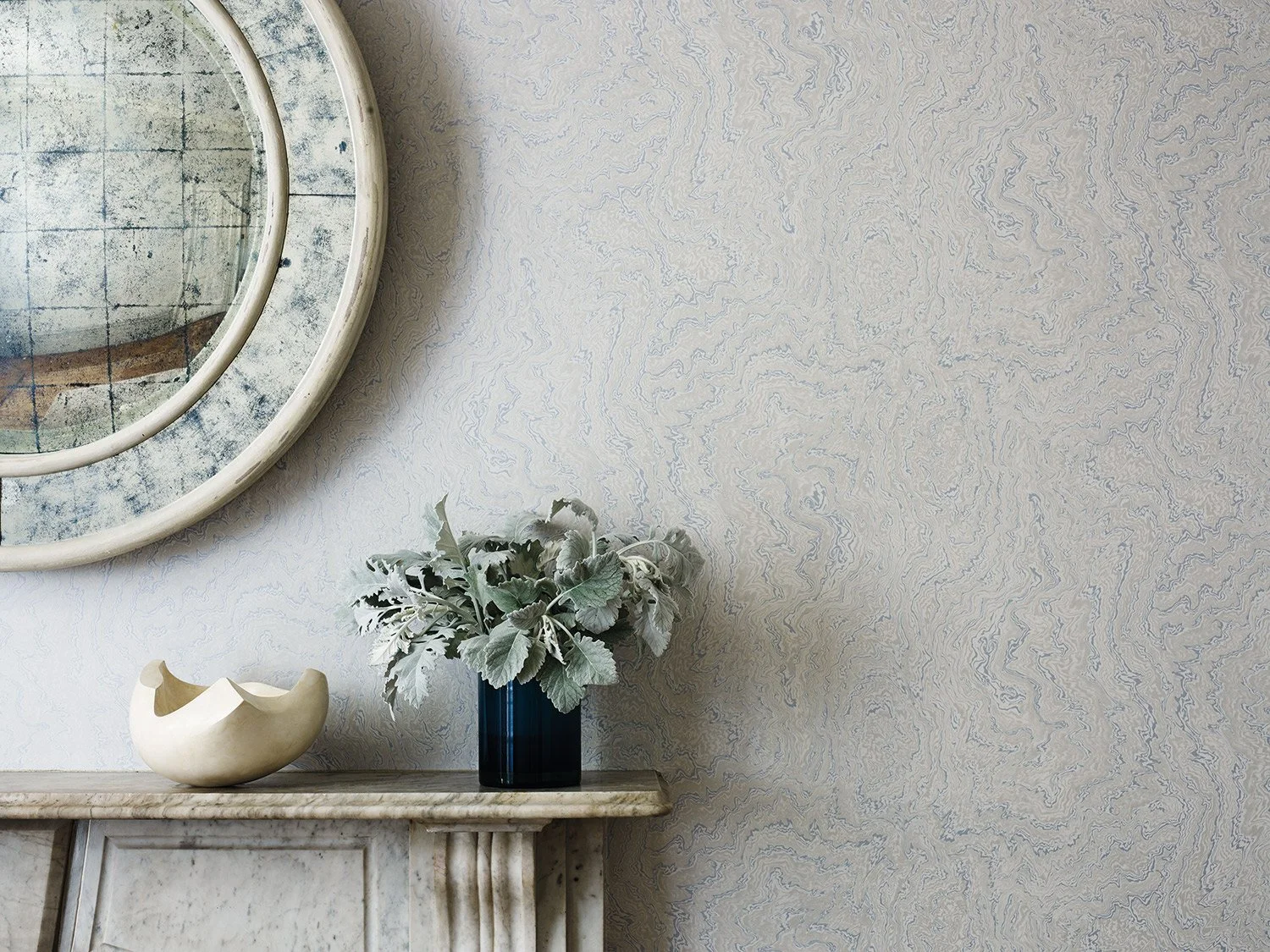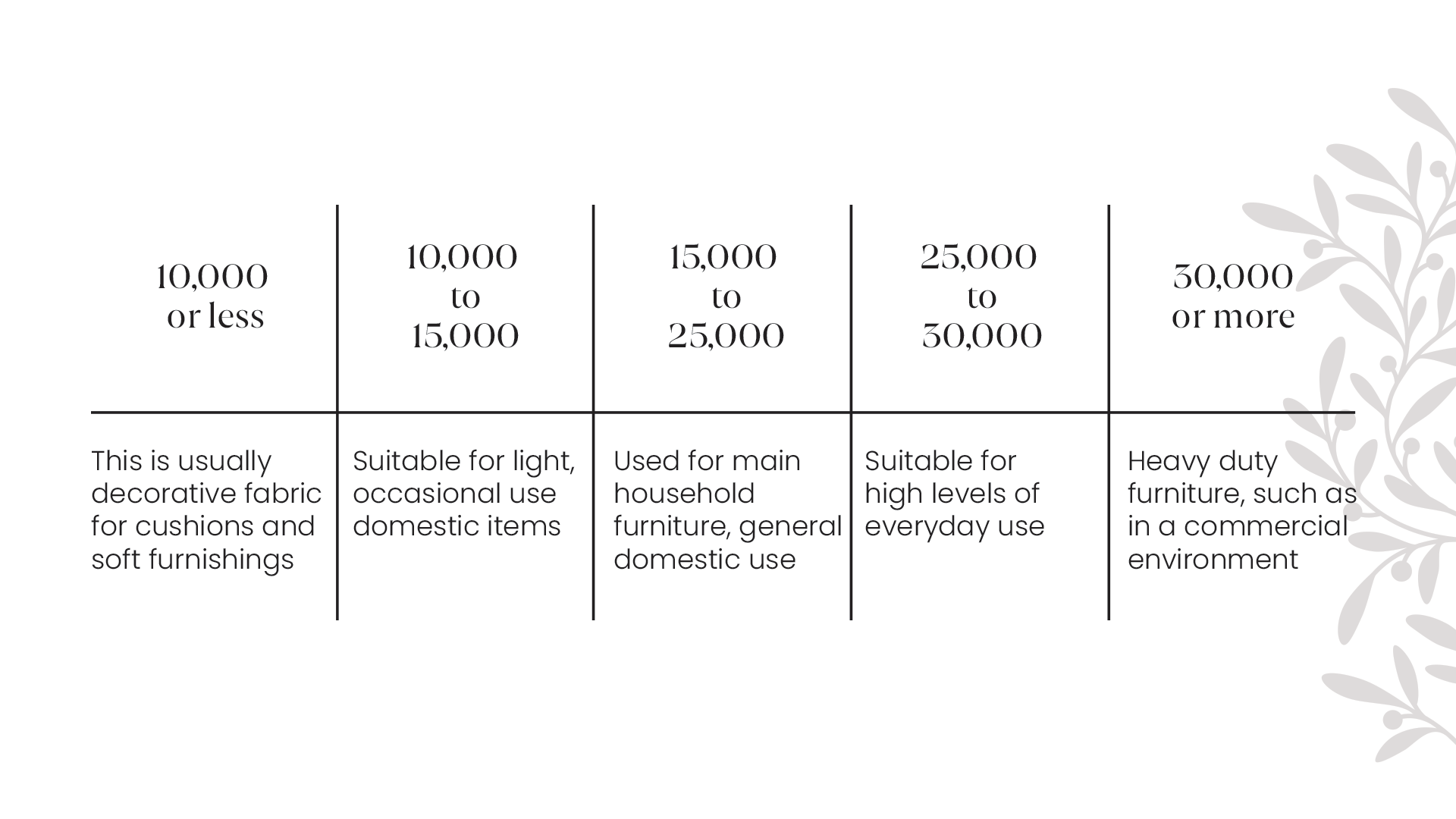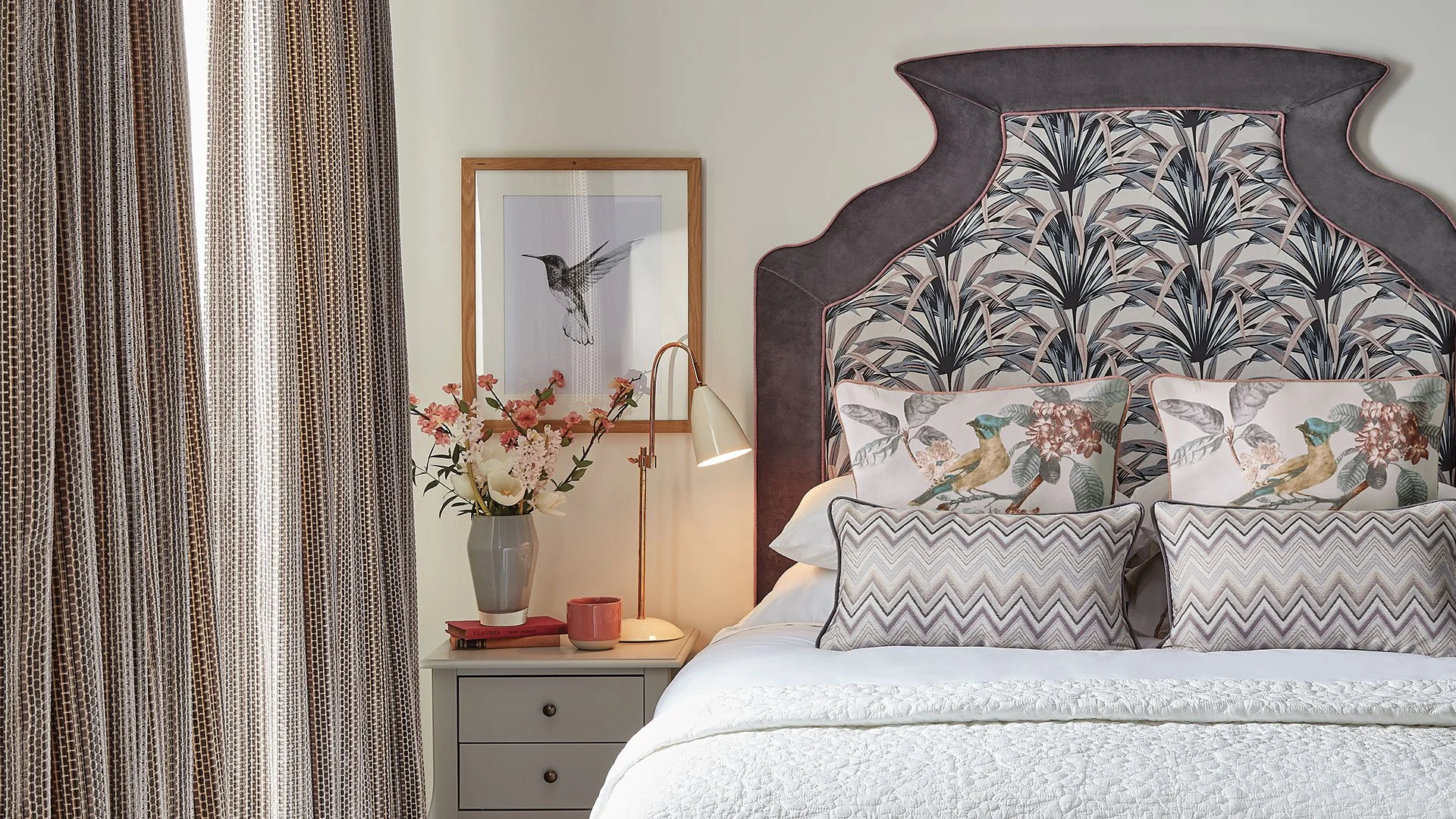An Introduction to Upholstery
/Introduction
According to plumbs.co.uk, “50,000 items of lounge furniture a year go into landfill. This is like burying 23 London buses.”
This statistic is quite sobering when considering the environmental crisis we currently face throughout the world. Thankfully, many people are opting for reupholstery with all sorts of furniture items because of the quality of older furniture set against the price of lesser quality, new items. It also enables a level of customisation that is truly individual, and suited to the space they are creating.
It is possible that you have stumbled upon this article because you are considering a reupholstery project of your own, and are wondering where to start. We offer reupholstery services here at Cotswold Curtains, and have put together this handy guide so that you can begin the process feeling informed.
Re-building and covering
It might be that your piece of furniture is looking a bit sorry for itself, and that it seems in need of a bit more than new fabric. Please don’t let this put you off! It is possible to rebuild seats, and carry out various repairs to furniture in addition to providing and fitting new fabrics, piping and finishes, and we will assess the state of your piece before providing you with a final quote. Furniture is stripped back completely back to the frame as part of the process and any repairs required at this point can be completed, including fixing loose joints and replacing broken parts.
Fillers
We use methods of rebuilding furniture that are faithful to the original design where still appropriate. Our makers line all frames with webbing and hessian to give additional protection to your carefully selected face fabric. Arms and backs are built up from layers of traditional upholstery materials (hair, felt, fibres etc) to give a smooth durable finish.
From the makers:
“By combining various coil spring tensions in the majority of our seats, optimum comfort and support is achieved. Our coil sprung seats are traditionally finished with hair stuffed, hand stitched front edges to help prevent the front edge sagging and collapsing.
Either flat springs or coil springs are used in the backs of our models for lasting posture support. A choice of duck feather and down, hollofibre, foams, sprinkled feather cushions, amongst many others are offered to help you achieve the support and comfort level that is right for you.”
Hessian is often used underneath to prevent fillers from escaping, and is known as a dust cover. Interesting fact: did you know that jute was originally milled in Dundee and the fibres mostly came from Calcutta in India? The Americans call woven jute “Burlap” and we call it “Hessian”.
About upholstery fabric
Fabric is a very important factor in your upholstery decision-making. Not only does it need to look the part, but there are important factors to consider when making your choice. Upholstery fabric is generally much thicker and robust than curtain fabric, and often has a woven finish (with some exceptions such as felted wool). They do not have to be plain and there are a number of patterned options available as well as printed and embroidered finishes. There is a real skill in upholstering a pattern and it can look spectacular if done well. The patterns have to be carefully matched and the cushions, borders and arms all have to run the same way even though they are oriented differently. Using patterns on some panels and contrasting plains on others can work really well too. Lots of fabrics can also be treated for upholstery, so you are by no means limited in your choices! We offer a clear coat flameproofing which is almost unnoticeable once applied. Back coating is more common and leaves a rubbery finish on the back of the fabric although certain cloths do have to be finished in this way. We can also apply a stain guard finish and some fabrics are supplied with this, it causes liquids to bead off the surface rather than soak in.
The best upholstery fabrics have a slight stretch to them so that they can be fitted smoothly over the furniture. However it should not be too stiff or too loose, with good stability and shape retention for durability.
Suitable fabrics
There are many fabrics that are suitable for upholstery, and we stock a wide range from leading designers in our showroom, including Romo, Andrew Martin, Swaffer, Sanderson and Colefax [CHECK]. You are welcome to pop in during our opening hours and have a look through our extensive range of pattern books to find your perfect finish, and we will be happy to advise.
The environmentally-conscious options: linen and hemp
Made from plant fibres, these are both very traditional fabrics that have been used for many years for upholstery. Because they use very little water to grow (and few pesticides) they are good, sustainable options for your project. They have a good balance of stretch and durability, making them a great choice for chairs and sofas.
The strong option: Cotton
Cotton is strong, breathable and durable, so makes an excellent choice for upholstery fabric. This is balanced against energy-intensive production, but it lasts well and is a well-known and used material.
The anti-crease option: Polyester
Polyester is made from oil and is typically a blend when used in upholstery due to its flammable nature in pure form (and considerable environmental implications). Polyester fabrics have to be treated before use (although all of our fabrics need to adhere to fire retardant guidelines and will be treated). Polyester adds strength to the fabric blend, which assists with crease resistance.
The affordable option: Viscose
Made from the cellulose of wood pulp, viscose can be a more affordable option for many projects. Although made from natural materials, there are a lot of chemicals in the production process, but the finish is soft and it drapes well.
The versatile choice: Wool
Wool is a traditional and versatile choice for upholstery. It can be felted, woven, or woven into a twill, offering different finishes and a warm and cosy piece of furniture. Wool stretches well around furniture and is also a fairly sustainable and robust option. There are also some very good faux wools such as Prestigious Glencoe, which is 100% Polyester and very hard wearing, as well as being very soft to the touch.
The luxurious-looking choice: Velvet
If you want something that looks plush and luxurious then velvet is a popular choice. Pure cotton velvet can be marked easily and this is worth bearing in mind if the furniture is in a high-traffic area, as it will require more maintenance to keep it looking smart. When mixed with viscose it is a bit more forgiving.
The traditional choice: Hide
One of the earliest methods of covering fabric is by using leather or suede. This is still popular due to the strength and durability of the product but of course there are issues involving animal welfare and environmental impact. It is a natural product, however, and will last for years.
Martindale Rub Test
Martindale is a measure to quantify the abrasion resistance of fabrics, so that longevity can be considered. Depending upon the nature of your project, different scores are recommended.
Fire retardant treatment
Most fabrics can be treated to meet fire retardant standards, or can be fitted with a fire retardant interliner to make them compliant. This is an important part of your project and we will always advise on the best methods. Here is a useful summary regarding fire protection and regulations.
Fixed covers vs. loose covers
An alternative to upholstery is having loose covers made, but this is not our favoured approach. There are pros and cons to both approaches as follows:
Fixed covers
Often cheaper than purchasing new furniture
Faithful to the original design of the furniture
Lots of fabric choices
Fit and attention to detail are better than loose covers
Supporting traditional British crafts
A long-lasting option
Loose covers
It is harder to get these made nowadays to a high standard
Can be washed, so useful if you have pets or small children!
Won’t maintain shape and rigidity as well as a fixed cover
Not quite as contemporary as a fixed look
Lots of fabric choices
Finishing touches
Finishing touches are important and will make your piece stand out. Exposed wood on your furniture can be refinished (waxed or varnished) and we can also replace braids and fringes or change them to flat or pleated valances. We can supply fitted arm covers, head covers and scatter cushions to match or contrast.
Embarking upon your project
If you feel ready to explore an upholstery project, there are a few ways to get the ball rolling.
Send us some photographs of your piece of furniture, taken in a clear space and from a few angles. Describe your vision for the project, otherwise we can happily advise you
Give us a call to discuss your project
Pop in to our showroom to look at our range of fabrics and to chat through your options with one of our experts. If you have pictures with you, that is also helpful.
We can usually give you an estimate based on your photographs and our recommended fabrics, or based on your photographs and fabric choices, but we will always come and measure, and see your furniture before starting a project to ensure everything is accurate. We also collect and return your project for you.
Contact us today to discuss your project!







